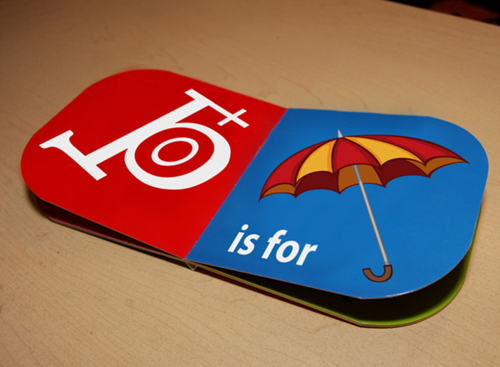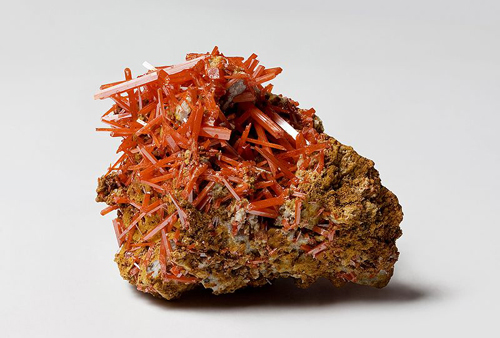cyanobacteria
—Bill Bryson, A Short History of Nearly Everything, 2003.
Chromosomes
—Bill Bryson, A Short History of Nearly Everything, 2003.
the lovely Carolina parakeet
—Bill Bryson, A Short History of Nearly Everything, 2003.
She sells seashells
The Man With The Sky Blue Eyes
“His eyes were an improbably vivid sky blue, not made for looking outward but for steeping themselves in the cerulean essence of dreams. . . .
The man with the sky blue eyes invites everyone to keep on working, fabricating, jointly creating: we are all of us dreamers by nature, after all, brothers under the sign of the trowel, destined to be master builders.”
—Bruno Schulz, “The Republic of Dreams”, The Street of Crocodiles and Other Stories, 1934; translated by Celina Wieniewska.
A night in July!
—Bruno Schulz, “The Street of Crocodiles”, The Street of Crocodiles and Other Stories, 1934; translated by Celina Wieniewska.
Alphabet Updated With 15 Exciting New Replacement Letters
What Type Are You?
The password is “character”.

